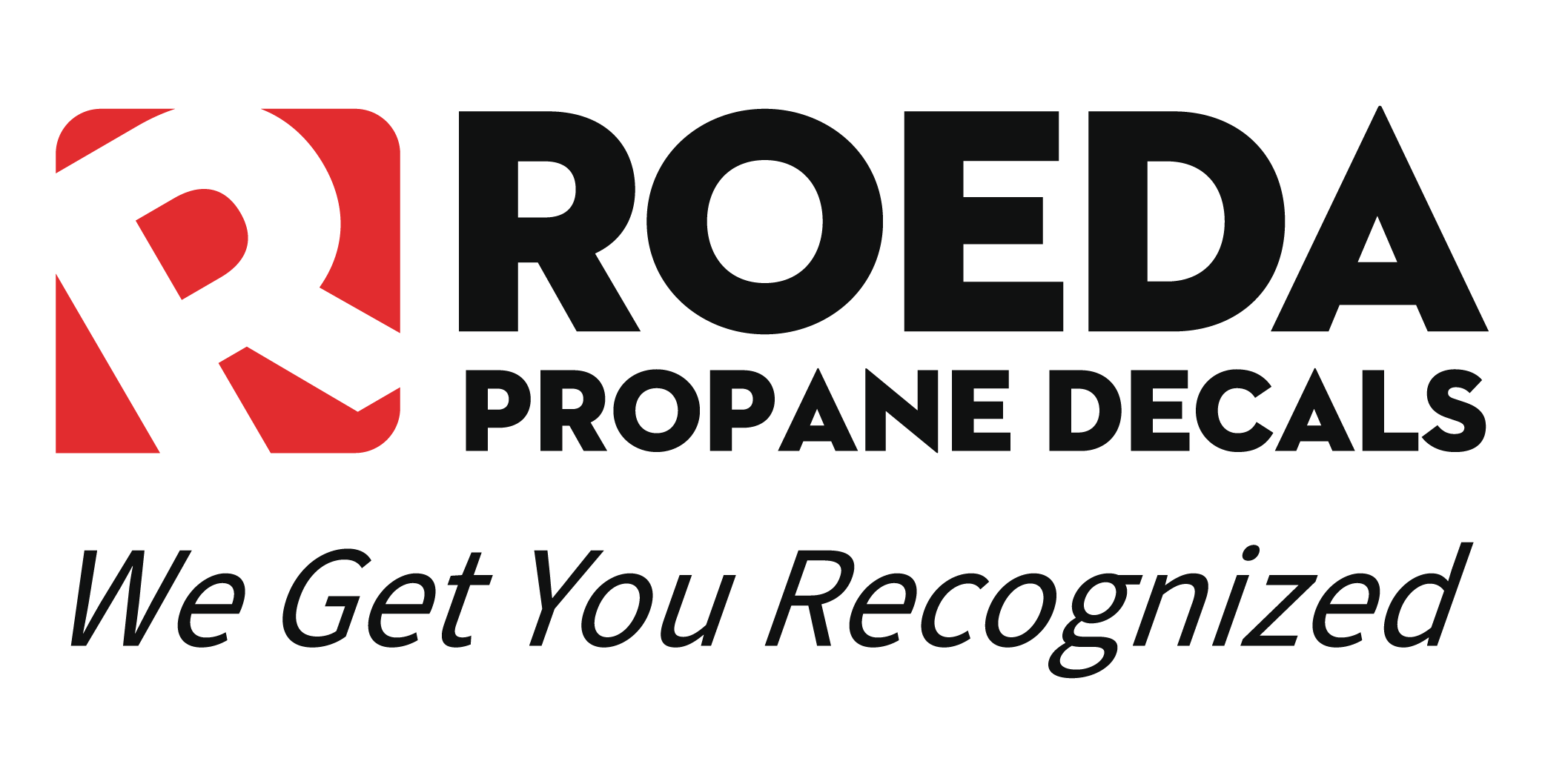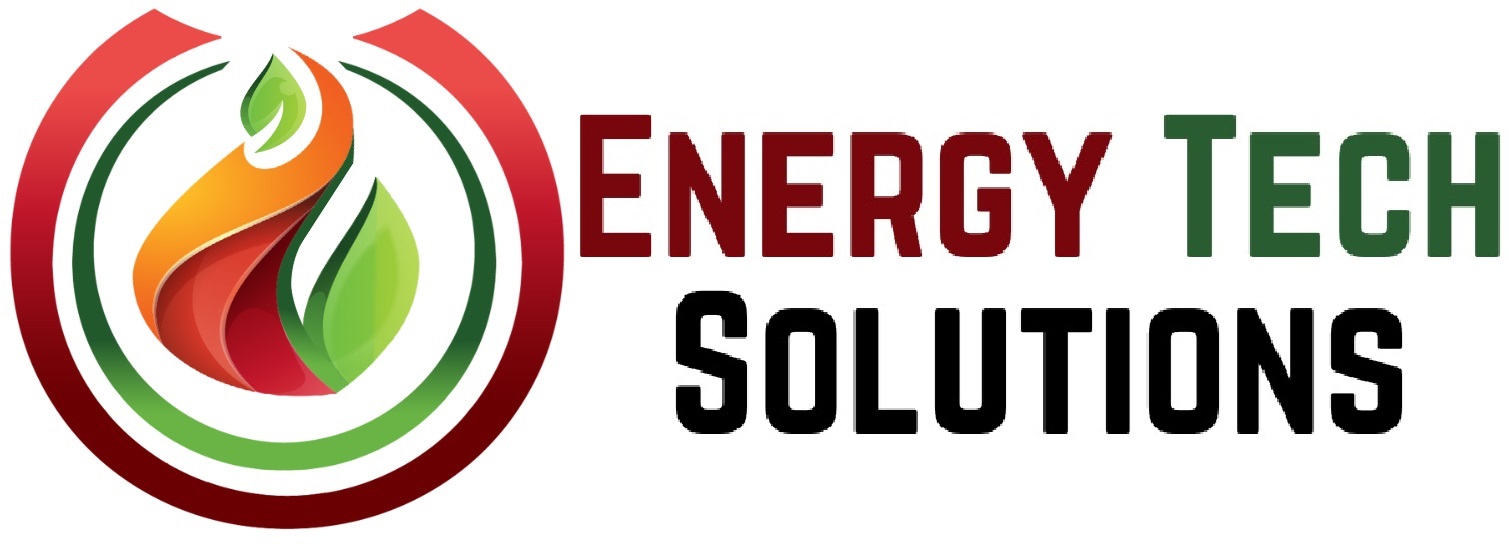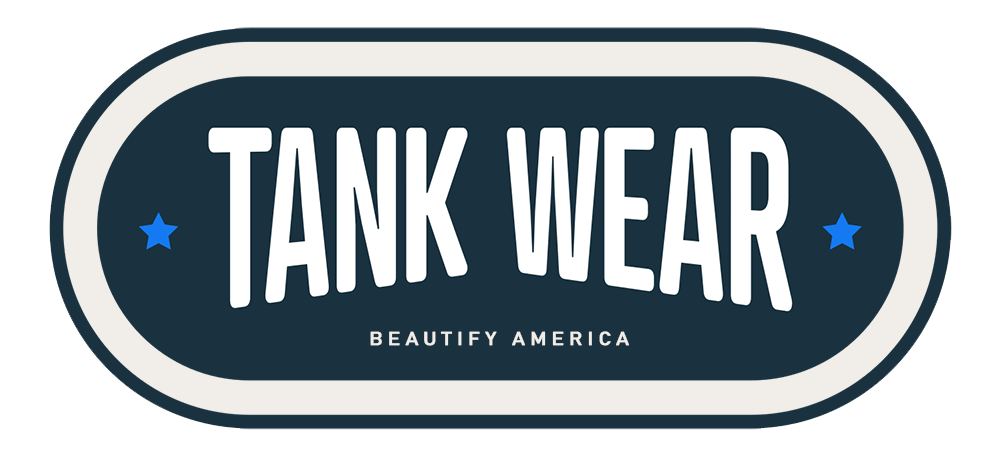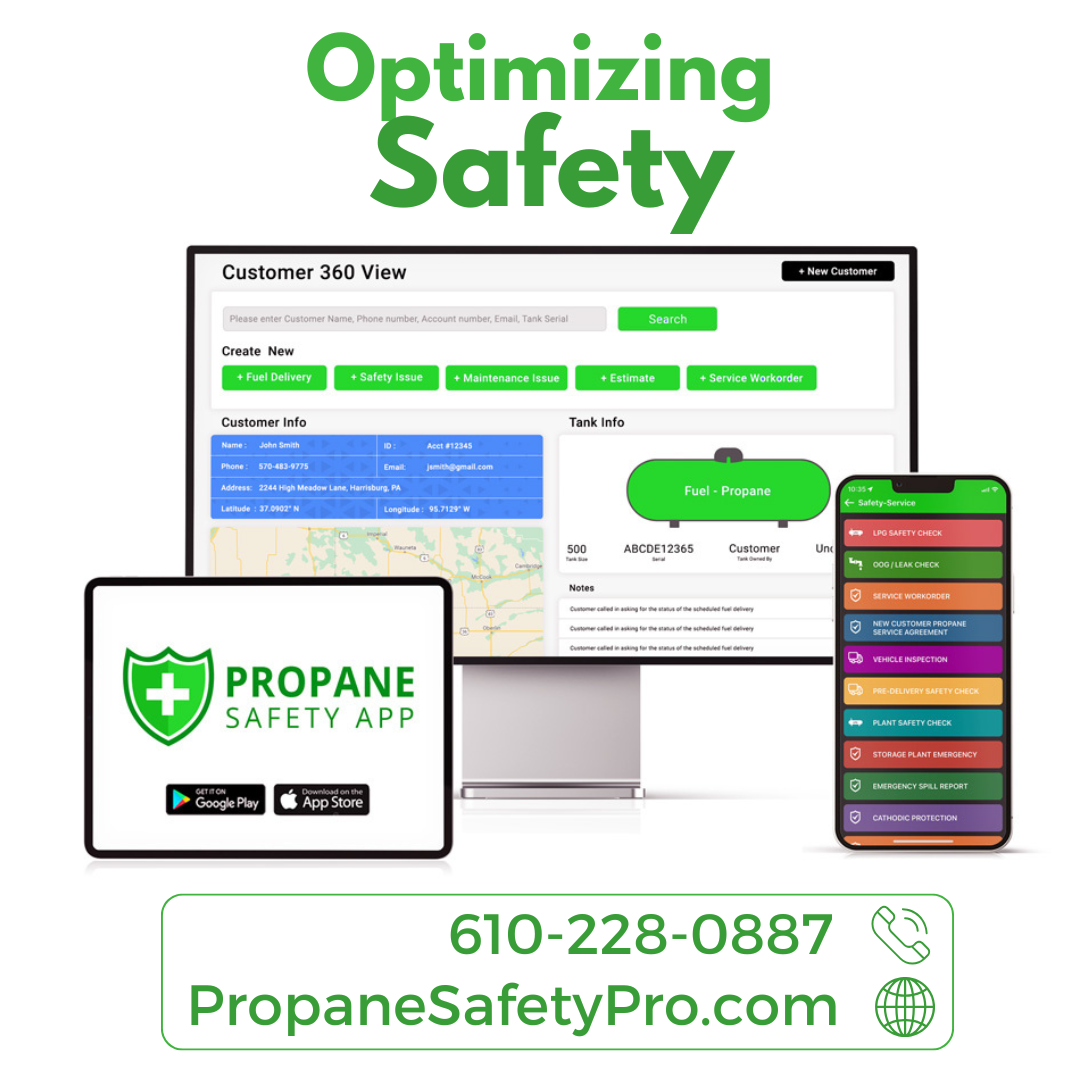Modernizing Your Propane Operations for a Safer, Smarter Future
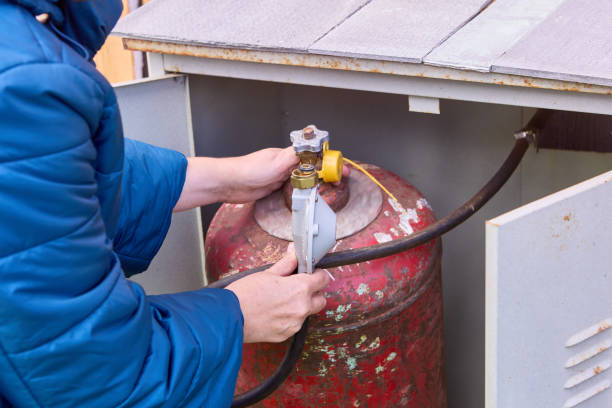
Dealing with outdated propane infrastructure is crucial for your company’s safety, efficiency, and regulatory compliance. This guide explains how to manage or upgrade your old systems in order to keep your propane business running smoothly.
Assess Current Infrastructure
Conduct a thorough safety check on all your tanks, pipes, and equipment. Look for signs of wear, rust, or other damage that could endanger safety. Next, perform an efficiency audit to see if your current setup performs as well as possible. Old systems might be inefficient, leading to increased costs or diminished service quality. Also, review compliance with current safety and environmental regulations, which might have evolved since your infrastructure was last updated.
Plan for Upgrades
Prioritize which parts of your infrastructure need immediate upgrades, focusing on critical components like aging tanks or outdated safety systems. Conduct a cost analysis to compare the expense of upgrading against the cost of running outdated equipment, considering potential savings from efficiency or non-compliance expenses. Explore modern propane technologies that replace outdated components, like smart monitoring systems or more efficient appliances.
Replace Gradually
Instead of an immediate overhaul, consider a phased approach to implementing upgrades. This strategy can help manage costs and minimize operational disruptions. For essential components, interim solutions might be necessary while you plan for full replacements, ensuring continuity in service.
Budget for Improvements
Allocate a budget for infrastructure upgrades, treating it as a key part of your financial planning. Investigate any grants or incentives available for adopting more environmentally friendly or efficient systems. If upfront costs are prohibitive, explore financing options or loans for business infrastructure improvements.
Train and Educate Your Team
Ensure that your staff is thoroughly trained on any new systems or technologies to maintain both safety and efficiency. This investment in your team will be as important as the investment in your upgraded equipment, since they will be the ones using and maintaining it. It’s also important to educate your customers about the changes, explaining their benefits regarding safety, reliability, and/or cost savings.
Dispose of Old Equipment
Old propane tanks or equipment should always be disposed of safely and in an environmentally responsible manner. Be sure to handle this task as soon as the new equipment is secured and operational. Look for recycling programs for metal components to reduce waste and potentially recover some costs.
Position Yourself for Growth
Effectively managing outdated infrastructure is a strategic practice for propane businesses. Upgrades improve safety, reducing the risk of accidents and potentially lowering insurance costs. Newer systems can enhance operational efficiency, leading to cost reductions that can either lower customers’ prices or improve profit margins. Staying compliant with regulations avoids penalties and ensures uninterrupted business operations.
Additionally, customer satisfaction will likely increase with modern, reliable infrastructure, fostering loyalty and encouraging repeat business. Being up-to-date can give you a competitive edge, offering services like smart tank monitoring that others might not have. Embracing modern systems aligns your business with environmental responsibility, which can attract customers concerned about sustainability. Finally, although there’s an initial investment, the long-term savings from efficiency and reduced maintenance can be significant.
By proactively managing outdated propane infrastructure, businesses can ensure that they are meeting current standards and will position themselves for future growth. This approach can lead to safer operations, cost savings, and a stronger, more appealing business model in an industry where technology and regulations constantly evolve.



